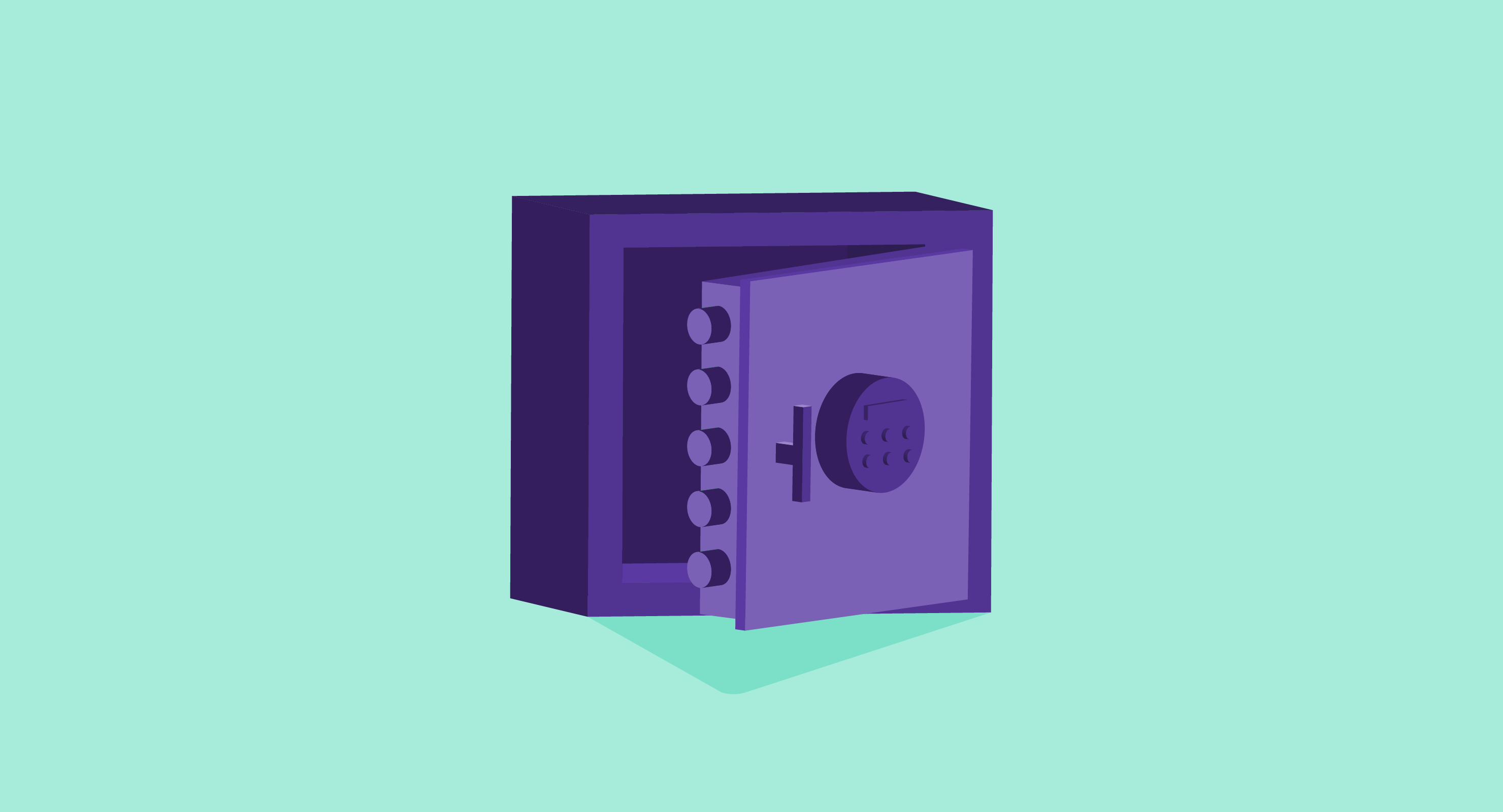What is unified threat management (UTM)?
Unified threat management (UTM) is an approach to monitoring and managing diverse security-related applications and infrastructure components on a single centralized platform. Due to its ease and effectiveness, managed service providers (MSP) and technology integrators use it as a default security solution.
Organizations need a multi-layered defense that integrates several security feature components into one platform to protect users from cyber threats. A unified threat management system facilitates this and offers a one-stop solution for all security needs.
Organizations can set it up to use security features like firewalls, anti-spam software, antivirus protection, intrusion detection and prevention (IDPS), and other relevant functionalities.
Types of UTM inspection methods
Unified threat management systems use two inspection methods to detect threats: stream-based inspection or proxy-based inspection.
- Stream-based UTM. Each device on the network is physically connected to a network security device, making it easier to scan networking data and locate possibilities of an attack. It’s also known as flow-based UTM.
- Proxy-based UTM. Network security software is installed while creating a proxy server. The networking data first enters the proxy server and then to other devices after scanning.
Features of unified threat management
UTM avoids the need for standalone products and simplifies security visibility and management. Some of the desired features of UTM are as follows.
- Antivirus monitors, detects, and prevents viruses in a network. It uses virus signatures in its database to filter out malicious elements.
- Anti-malware protects systems from malware by detecting and responding to attacks. It can be preconfigured to find familiar malware, filtering it out of the data streams and blocking it from entering systems.
- Sandboxing is a standard anti-malware measure. In this method, a cell within the system is confined to a sandbox that collects suspicious files. The sandbox lets the malware run, but prevents it from interacting with other programs on the computer.
- Firewalls scan data from the network for malware, viruses, phishing attacks, or any cyber attacks. It can prevent network devices from being used to spread malware to other connected networks.
- Intrusion prevention analyzes packets of data to detect patterns known to exist in threats. The intrusion prevention system (IPS) stops the attack when it identifies a pattern.
- Virtual private networking in a UTM works similarly to traditional VPN infrastructure. It creates a private network that tunnels through a public network so users can share public data without others seeing it.
- Web filtering stops users from visiting or seeing specific websites or uniform resource locators (URLs). Organizations can set up web filters to sort specific sites as per their requirements.
- Data loss prevention detects data breaches and exfiltration attempts and stops them. A data loss prevention system tracks sensitive data. When a hacker attempts to steal the data, this system blocks the effort and protects the data.
Unified threat management benefits
UTM’s primary function is to make security teams more efficient and effective. UTM consolidates standalone security tools into one to offer more simplified visibility. Below are some further ways UTMs assist organizations.
- Flexibility. Businesses can scale up the security features they need to combat modern threats. Since everything is managed through a centralized platform, it becomes more flexible for the teams to maintain a robust security posture.
- Centralized management. With a UTM, companies can simultaneously take care of various security components, like firewall, application control, and VPN. UTM consolidates everything and controls it with a single management console. Monitoring and managing networks becomes easier.
- Cost-effectiveness. The centralized setup allows UTM to reduce maintenance costs associated with different software solutions when implemented as standalone tools. Monitoring doesn’t have to happen as much, which frees up time for staff.
- Increased awareness of network security threats. UTM can operate various harm response mechanisms, combining force against threats trying to infiltrate a system. It helps detect dangers, better clarifying their nature and motives.
Unified threat management vs. firewall
Unified threat management (UTM) is a security approach in which a centralized platform combines security functions from several sources. It manages all the systems and servers on that network.
A firewall monitors the internet traffic to or from a computer. It scans incoming and outgoing data from the computer for viruses, spyware, or malware that could corrupt it. Both hardware and software-based firewalls are available. They’re easy to deploy and manage, but may fail in an internal issue in which an employee intentionally or unintentionally compromises data.
Learn more about insider threats and discover ways to detect and prevent them.

Sagar Joshi
Sagar Joshi is a former content marketing specialist at G2 in India. He is an engineer with a keen interest in data analytics and cybersecurity. He writes about topics related to them. You can find him reading books, learning a new language, or playing pool in his free time.

